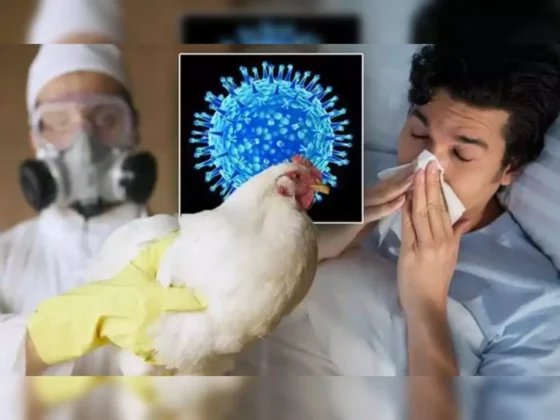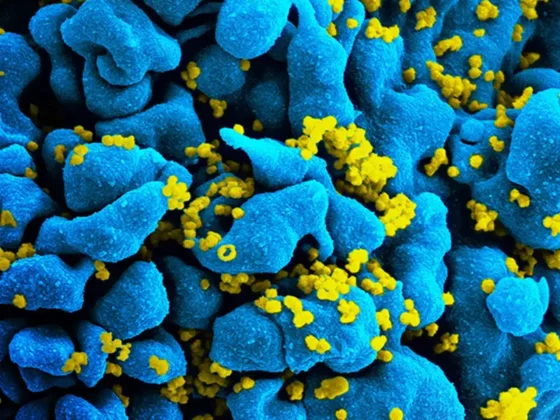Dr. Archit Pandit, Director & Head of Department, Surgical Oncology, Sanar International Hospitals
Family History of Cancer
Have you ever wondered if cancer runs in your family? Many people have, and it’s an important consideration when assessing your own risk of developing this disease. In this article, we will explore the various factors that contribute to cancer in families, from genetic mutations to environmental and lifestyle influences, and how you can take proactive steps to reduce your risk.
Cancer can affect anyone, but some families seem to have a higher incidence of certain types of cancer than others. This phenomenon has led scientists to investigate the role of genetics and hereditary factors in cancer development within families. Some of the most commonly inherited cancers include Breast Cancer, Ovarian Cancer, Uterine Cancer, Pancreatic Cancer, Colon Cancer, Rectum Cancer, Brain Cancer, and Lung Cancer.
Inherited Mutations
One significant factor contributing to cancer in families is the presence of inherited mutations. Some individuals inherit specific genetic mutations that significantly increase their risk of developing cancer. These mutations can be passed down through generations and may affect the functioning of certain genes that regulate cell growth and repair. Notable examples include BRCA1 and BRCA2 mutations, which are associated with an elevated risk of breast and ovarian cancers.
Example: Angelina Jolie underwent surgery to have her fallopian tubes, ovaries, and breasts removed because she was born with a defective BRCA1 gene. She chose to get prophylactic surgery to lower her cancer risk after losing her mother, grandmother, and aunt to the disease.
Familial Clustering
Families with a history of cancer often exhibit a phenomenon known as familial clustering. This means that certain types of cancer tend to occur more frequently within a family than would be expected by chance alone. While this clustering can be attributed to shared genetic factors, it may also be influenced by environmental, and lifestyle factors that family members have in common.
Example: The high risk of colon and rectum cancers in Indian states where the majority of the population is co-habitating is caused by the excessive consumption of red meat.
Another example: The number of cancer patients has grown manifold in the recent years in the Malwa area. Local people feel excessive use of pesticides has contaminated the ground water. The pollutants are also found in the vegetables grown in the area.
Lynch Syndrome
Lynch syndrome, also known as hereditary non-polyposis colorectal cancer (HNPCC), is a hereditary condition that increases the risk of colorectal cancer and other cancers, including endometrial, ovarian, and stomach cancers. Individuals with Lynch syndrome inherit a genetic mutation that impairs DNA repair mechanisms, making them more susceptible to cancer.
Cancers associated with Lynch syndrome:
Colorectal, endometrial, gastric, ovarian, pancreatic, ureter and renal pelvis, biliary tract, brain, and small intestinal cancers, as well as sebaceous gland adenomas and skin tumors, are among the cancers connected to Lynch syndrome.
Environmental and Lifestyle Factors
Shared Environment: Families often share similar living environments, dietary habits, and lifestyle choices, which can contribute to the development of cancer. Exposure to carcinogens such as tobacco smoke, asbestos, and certain chemicals may increase cancer risk for all family members.
Diet and Nutrition: Poor dietary choices, such as a diet high in processed foods, red meat, and low in fruits and vegetables, can contribute to cancer risk. Families that adopt unhealthy eating habits may have a higher incidence of cancer.
Physical Activity: A sedentary lifestyle with little physical activity is associated with an increased risk of certain cancers. Families that engage in limited physical activity collectively may be at a higher risk.
Alcohol and Tobacco Use: Families with a history of alcohol and tobacco use are more likely to experience cancers of the mouth, throat, lung, and other organs. These substances are well-known carcinogens.
Early Detection and Prevention
Given the increased risk associated with cancer in families, early detection and prevention become crucial. Here are some essential steps:
Genetic Counseling and Testing: Individuals with a strong family history of cancer should consider genetic counseling and testing to assess their risk. Genetic counselors can provide personalized recommendations based on the results.
Regular Screenings: Routine screenings and check-ups can detect cancer at an early, more treatable stage. For example, mammograms and colonoscopies can help detect breast and colorectal cancer, respectively.
Lifestyle Modifications: Adopting a healthy lifestyle that includes a balanced diet, regular exercise, and avoiding tobacco and excessive alcohol consumption can reduce the risk of cancer.
Vaccinations: Vaccinations, such as the HPV vaccine and hepatitis B vaccine, can protect against infections that are linked to certain types of cancer.
Cancer in families can be attributed to a complex interplay of genetic, environmental, and lifestyle factors. While a family history of cancer can be concerning, it does not necessarily mean that every family member will develop the disease. Genetic counseling, regular screenings, and a focus on healthy living can help mitigate the risk. Ultimately, understanding the factors that contribute to cancer in families empowers individuals and healthcare professionals to take proactive steps in preventing and managing this challenging disease.









